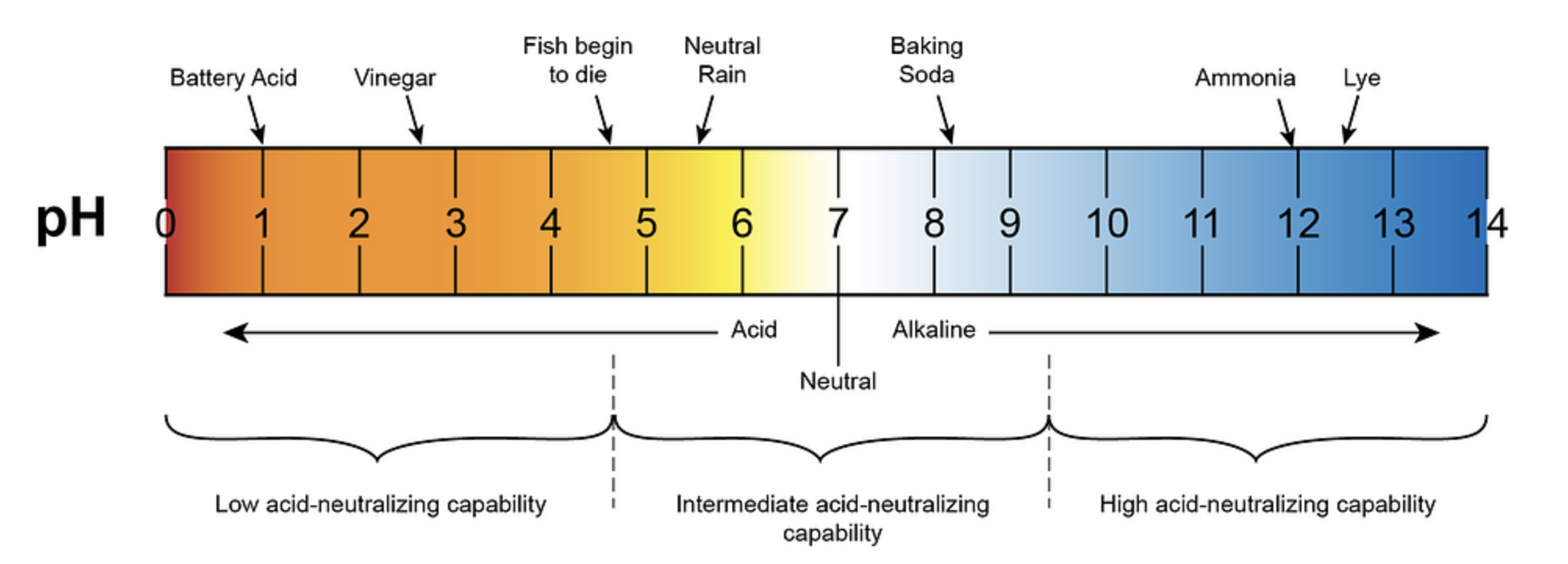The pH value of sterile water for injection is typically between 5.0 and 7.0, ensuring its suitability as a sterile solvent or diluent vehicle for parenteral administration of drugs. Sterile water for injection is a crucial pharmaceutical aid that provides a source of water for parenteral fluid replenishment, but its use requires careful consideration to maintain safety and efficacy.
Understanding the Importance of pH in Sterile Water
The pH of sterile water for injection is a critical parameter that ensures the solution’s stability, compatibility, and safety for parenteral use. The pH range of 5.0 to 7.0 is specifically designed to:
- Maintain the integrity of the solution: The pH range helps prevent the degradation of the water and any potential contaminants, ensuring the solution remains sterile and pure.
- Ensure compatibility with parenteral drugs: The pH range is compatible with the majority of parenteral drugs, minimizing the risk of adverse reactions or incompatibilities.
- Promote patient safety: The pH range is physiologically compatible with the body’s natural pH levels, reducing the risk of irritation or harm to the patient upon administration.
Composition and Characteristics of Sterile Water for Injection
Sterile water for injection is a highly purified, solute-free preparation of distilled water that is specifically designed for parenteral use. It is a clear, colorless, and odorless solution that does not contain any bacteriostat, antimicrobial agent, or added buffer. The key characteristics of sterile water for injection include:
- Sterility: The water is subjected to rigorous sterilization processes to ensure it is free from any microbial contamination.
- Nonpyrogenicity: The water is also tested to ensure it is free from any pyrogens, which are substances that can cause fever or other adverse reactions.
- Solute-free: Sterile water for injection does not contain any added solutes, preservatives, or other substances, making it a pure and simple diluent.
Preparing and Administering Sterile Water for Injection
When using sterile water for injection as a solvent or diluent for parenteral drugs, it is essential to follow proper procedures to ensure the safety and efficacy of the final preparation. These procedures include:
- Aseptic Preparation: Sterile water for injection must be handled and prepared using aseptic techniques to maintain the solution’s sterility and prevent any contamination.
- Admixture and Dilution: When adding solutes or other drugs to the sterile water, it is crucial to ensure the final solution is isotonic and compatible with the patient’s physiological needs.
- Visual Inspection: Parenteral drug products, including those prepared with sterile water for injection, should be visually inspected for any particulate matter or discoloration before administration.
- Proper Administration: Sterile water for injection should not be administered directly into the body, as it is not isotonic and may cause hemolysis. It should be used as a solvent or diluent for other parenteral drugs or solutions.
Potential Contaminants and Considerations
While sterile water for injection is a highly purified solution, it may contain trace amounts of certain substances, such as:
- Dextrose: Dextrose may be added to the solution to make it approximately isotonic.
- Plastic Leachables: The plastic container used for sterile water for injection may contain trace amounts of substances that have leached from the container.
To address these potential contaminants, it is essential to follow proper procedures for the aseptic preparation of parenteral solutions and for drug administration after admixture or dilution. This helps to ensure the safe and effective use of sterile water for injection.
Conclusion
The pH of sterile water for injection, typically ranging from 5.0 to 7.0, is a critical parameter that ensures the solution’s stability, compatibility, and safety for parenteral use. By understanding the importance of pH, the composition and characteristics of sterile water for injection, and the proper procedures for its preparation and administration, healthcare professionals can ensure the safe and effective use of this essential pharmaceutical aid.

